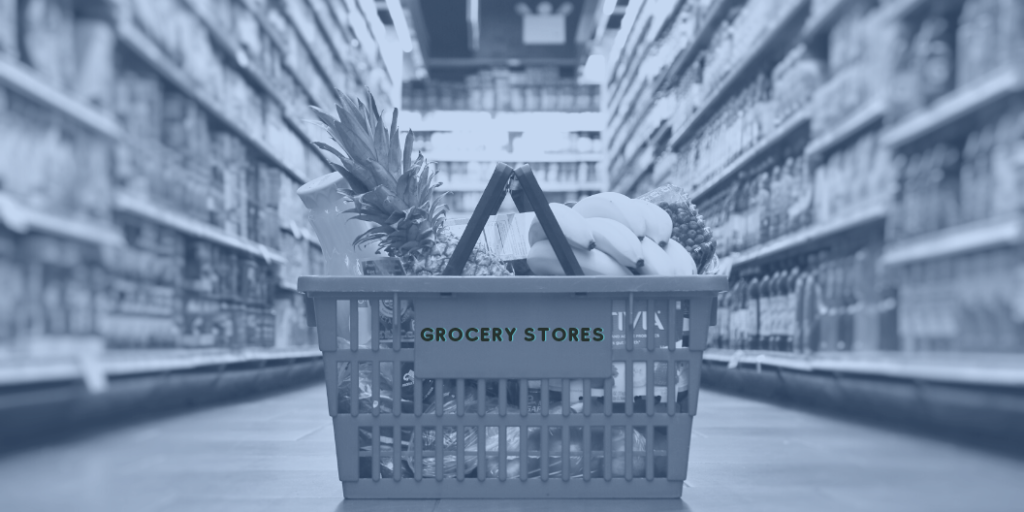If you’re like most retailers, the past few weeks have been an intensive sales period. You’ve had to fight for every sale, using bundled offers, large discounts, and other tried and true sales techniques. But with the end of the holiday season clearly in sight, it’s time to start thinking about sales success throughout the entire year ahead.
If someone suggested to you that one of the most effective ways to increase profits is through price, it would be easy to dismiss that idea. After all, if you increase your prices by 3% across all your product lines, your customers would simply take their business elsewhere. Your price increase wouldn’t improve profit numbers; on the contrary, it could hurt sales and reduce overall profits.
However, if you established a dynamic pricing program, like those adopted by our customers, you could expect to experience an average 30% increase in sales and 7% increase in profits. Those are pretty big numbers. Sometimes those profits are increased through increased prices, while other times it comes through price drops.
Understanding Dynamic Pricing
Dynamic prices change with the market. It uses artificial intelligence, machine learning, and user rules to get a complete picture of the existing buyer’s market. Using competitive pricing data, together with environmental data and user behavior, the system calculates and presents the price point that is most likely going to get the consumer to make a purchase while meeting existing retailer price requirements.
For example, if the wholesale price on an item is $10, and the retailer sets a minimal profit threshold of 20%, the dynamic pricing engine won’t display any price below $12, regardless of what is happening in the competitive environment. However, if competitors are selling the same item for $14. Your dynamic pricing engine may present a competitive price at $13.50. Meanwhile, another customer with a different buying history may see the same item on your site for $15.
Through dynamic pricing, retailers have the tool they need to offer prices their customers are willing to pay, rather than simply present a flat $14.95 price to all customers, regardless of the competitive environment.
Why Does Dynamic Pricing Work?
Dynamic pricing, when done using a pricing engine like Quicklizards, relies on an 80%-20% method for price calculation. The 80% in this equation is the work handled by the AI algorithms and machine learning techniques.
Those two elements constantly monitor the marketplace, as well as develop an understanding of your users’ behavior. It recognizes and adapts to consumer reactions and sensitivities to price changes, and continuously learns from each interaction.
The 20%, on the other hand, are the user-defined rules, which help shape pricing strategy. For a luxury brand that offers high levels of service, rules might insist that all prices be a certain percentage higher than competitors, while a middle of the road brand might want to set prices within a certain percentage of its competitors. Sales items and promotions can also be used to override pricing engine recommendations, which helps to ensure that the retailer is always in control of the price.









